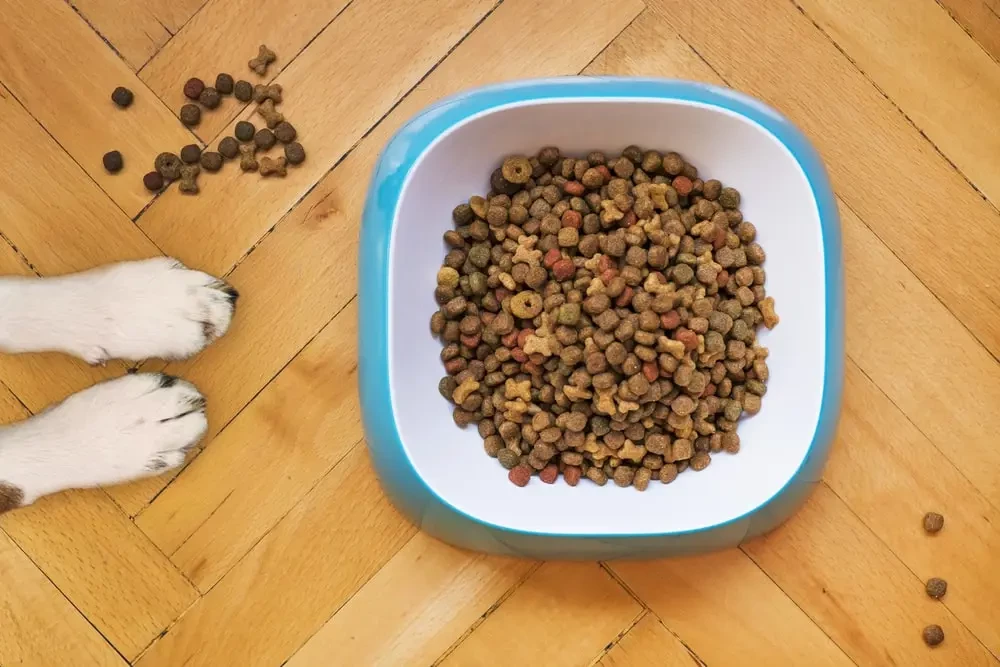Food For Puppies

Getting a puppy for yourself is a big thing. It’s like getting a constant companion in your life. Selecting and buying food for him can be extremely overwhelming, especially for first-time puppy owners. Back in the day, there weren’t so many food options for puppies, so no one got baffled, but with time it got complicated. Puppies grow at a faster pace, so it’s really important to feed them right for adding muscles, strengthening bones, and providing the energy that your canine buddy needs.
All puppies are different, so if you think your canine buddy needs some extra care, then feel free to get in touch with a veterinarian and take some expert advice.
Puppies have different nutritional demands
Before we tell you what you should feed your puppy, we want to inform you that the eating pattern and food expectations of a puppy differ from an adult dog. Growing puppies should be fed 3-4 times a day to meet the nutritional demands. Large breeds like Hounds and Bulldog need dry food by 8-10 weeks, and small breeds like Pug and Beagle should be fed dry food by 11-13 weeks.
How to choose a high-quality pup food
So, after learning the different nutritional demands of puppies, let’s study about how to choose high-quality food. Shall we?
- Look for ingredients
Ingredients that you want in your puppy food are following:
- Whole grains like oats, maize, wheat, and others.
- Animal-based protein like Chicken or Lamb.
- Whole meat that is human grade.
- Essential fat from a known source.
- Important vitamins like A, B, C, and K.
Ingredients that you should avoid in your puppy food are the following:
- Avoid growth hormones and pesticides.
- Avoid anything artificial, like flavors and colors.
- Sugar is as dangerous to your puppy as it is to you.
- Cellulose and beef bone should be avoided too.
- Study the nutritional information
DO NOT ignore the nutritional information on the packaging that can alone tell you if you should buy that food or not. Don’t get confused by the claims and slogans on the packaging because they can be illegitimate.
Always check if the food is passed by the regulatory body of the country, don’t choose food that doesn’t adhere to these standards. You can trust food that is labeled for growth or all life stages.
How much you should feed your puppy?
Don’t notice the dishes but watch the dog. What do we mean by watching the dog and not the dish? We mean, notice the condition of the body and not the amount he fed from the dish. Metabolism, nutritional requirements, body type (large or big) of the dog determine the portion size of a dog. Feeding charts on commercial puppy food labels can be seen as a road map. They show how much you should feed to a puppy according to his weight or age. Make the changes according to your puppy because, like we said, every dog is unique.
